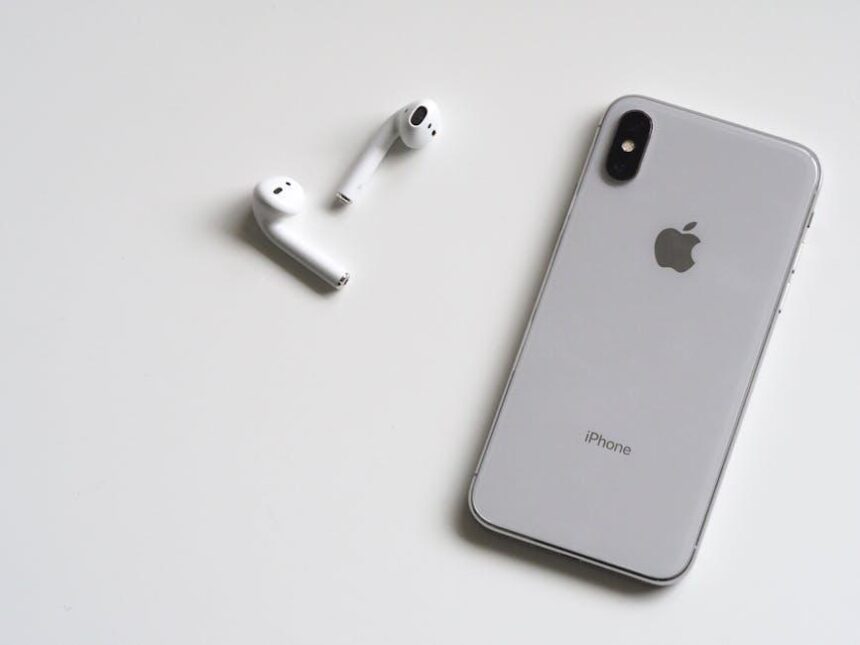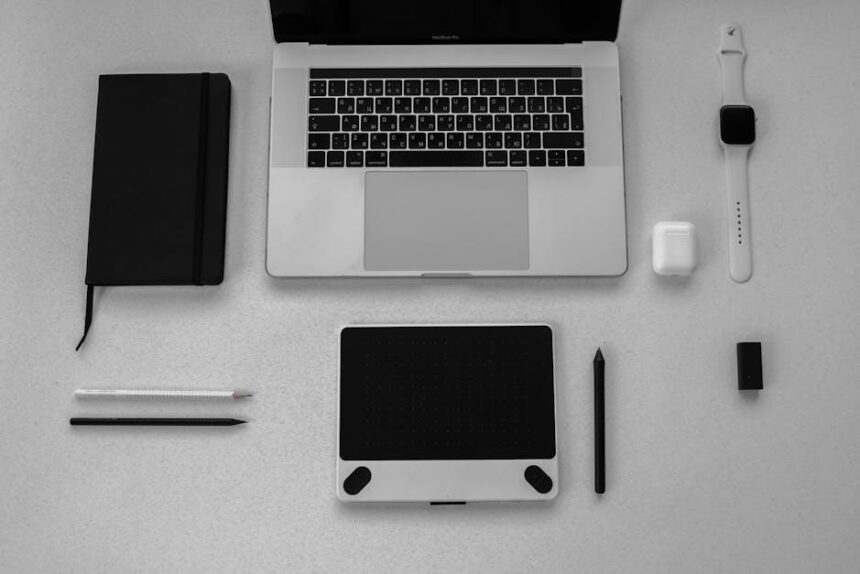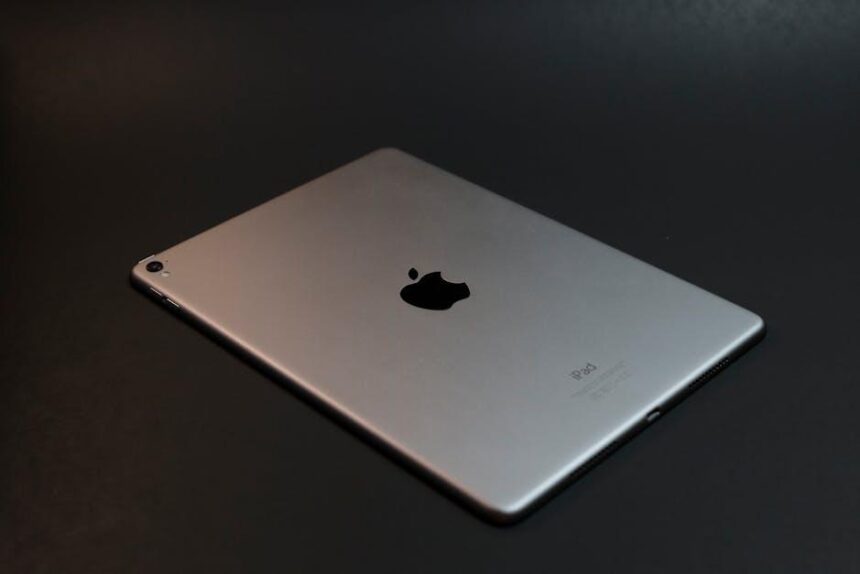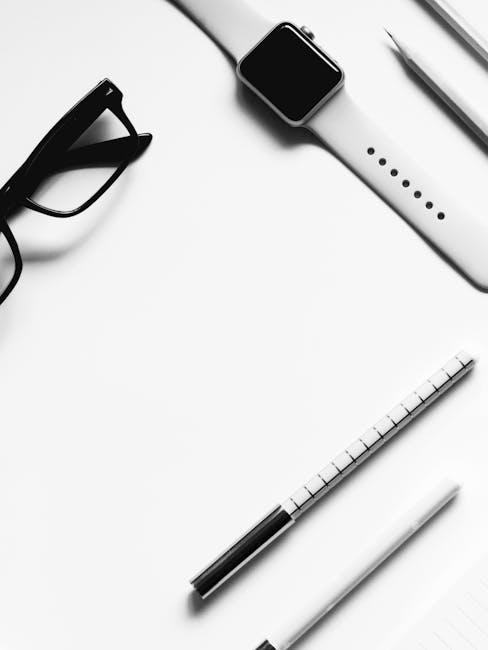In the era of digital wellness, your iPhone’s Health app stands out as a robust companion tailored to enhance your health journey. Imagine having a personal health dashboard at your fingertips, aggregating data from your iPhone, Apple Watch, and even compatible third-party applications. This centralized hub not only empowers you to track progress but also helps you visualize and manage crucial health metrics effectively. As we delve into the myriad benefits waiting to be unlocked within the Health app, you’ll discover how easily accessible and manageable your health information can be, transforming the way you approach fitness and well-being. Embrace the future of personal health management and learn how to make the most of this powerful tool today.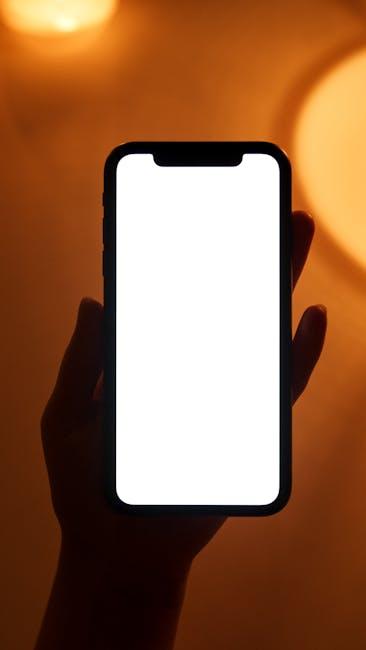
Exploring the Health App Interface for Seamless Navigation
As you dive into the Health App on your iPhone, you’ll find a user-friendly interface designed to streamline your health management experience. Each feature is intuitively organized, making it easy to find and track vital information quickly. Here are the key elements that enhance navigation:
- Dashboard Overview: Upon launching the app, you are greeted with a clean dashboard that displays your health metrics at a glance. This includes step counts, heart rate, and activity levels, allowing you to monitor your progress easily.
- Data Integration: The app seamlessly integrates with various other health apps and devices. By syncing with wearables like Fitbit or Apple Watch, you have access to a comprehensive view of your health data in one location.
- Health Records: Manage your medical history, vaccinations, and lab results all in one place. You can easily add and share records with healthcare providers, ensuring your medical information is always accessible.
- Personalized Goals: The app allows you to set personalized health goals, whether it’s daily step counts or hydration targets. Tracking your progress helps keep you motivated and accountable.
- Notifications and Reminders: Customize reminders for medication dosages or appointments. Keeping up with your health schedule has never been easier with timely alerts sent directly to your device.
- Health Sharing: You can share specific health data with family members or health professionals. This feature enhances communication about your well-being, especially for those managing chronic conditions.
Each feature is designed to enhance usability and ensure that your health journey is as smooth as possible. Additionally, the app supports various accessibility options, allowing everyone, regardless of ability, to benefit from its offerings.
| Feature | Description |
|---|---|
| Dashboard Overview | A quick view of your key health metrics. |
| Data Integration | Sync with wearables and other health apps. |
| Health Records | Manage medical history and share with providers. |
| Personalized Goals | Set and track your health objectives. |
| Notifications | Get reminders for medications and appointments. |
| Health Sharing | Share data with family or healthcare providers. |
By familiarizing yourself with these features, you’ll maximize the app’s potential and enhance your overall health management journey.
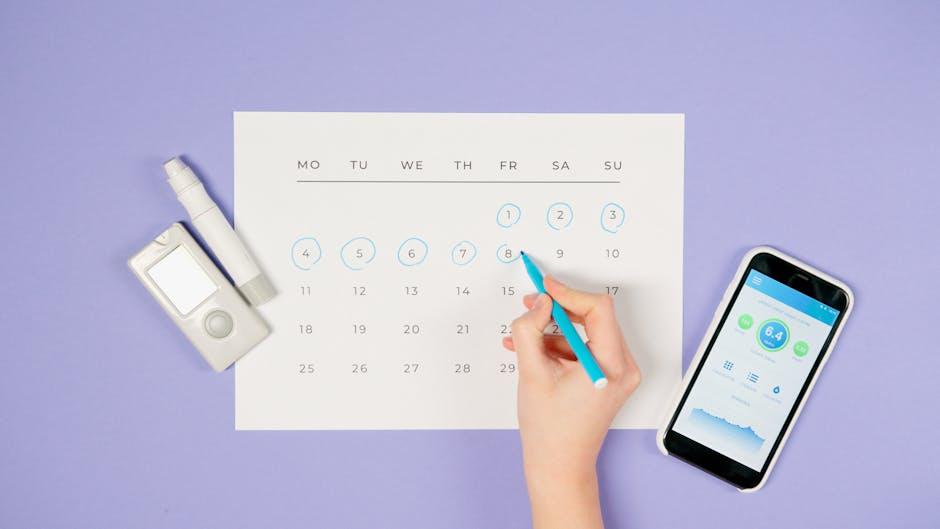
Harnessing Your Health Data for Personalized Insights
Your iPhone’s Health App is more than just a repository for health information; it’s a powerful tool that can provide personalized insights into your well-being. By harnessing your health data, you can gain a deeper understanding of what influences your health and how to optimize it.
Here are several ways to make the most of your health data:
- Track Trends: The Health App aggregates data over time, allowing you to see trends in your physical activity, sleep patterns, and heart rate. Recognizing these trends can help you identify improvements or areas needing attention.
- Personalized Recommendations: Based on your activity and health metrics, the app can suggest tailored fitness routines or dietary changes, aimed specifically at your needs.
- Sync with Other Apps: Integrate your Health App data with fitness devices and other health applications to provide a comprehensive overview of your health, enhancing the level of personalized insights available.
- Emergency Medical ID: Set up your Medical ID to enable emergency services to access crucial health information quickly, ensuring you receive the right care even when you’re unable to communicate.
Utilizing these functionalities not only helps in maintaining your health but also aids in advocating for personalized care with healthcare providers. To leverage your data fully, consider the following:
| Health Metric | Data Usage |
|---|---|
| Physical Activity | Monitor steps, workouts, and active energy to set personal fitness goals. |
| Nutrition | Log your meals to identify dietary habits and improve your nutritional intake. |
| Sleep Analysis | Assess sleep patterns to improve rest and recovery through informed choices. |
By proactively engaging with your health data, you’re empowered to make decisions that are not only informed but also tailored to your unique health profile. This blend of technology and personal health management can lead to enhanced overall well-being and more efficient healthcare experiences.
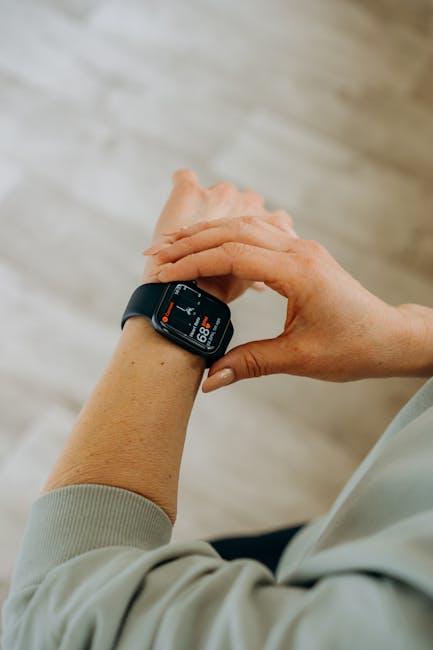
Integrating Fitness Tracking Features into Your Daily Routine
is a powerful way to stay vigilant about your health and wellness goals. By utilizing the Health app on your iPhone, you can seamlessly monitor various aspects of your fitness without disruptions to your everyday life. Here are some effective strategies:
- Set Clear Goals: Use the app to define specific health goals, whether it’s daily steps, active minutes, or even sleep tracking. Setting measurable targets helps you stay focused and motivated.
- Daily Activity Reminders: Enable daily notifications from the Health app to remind you to move, stand, or take a break. These nudges can significantly improve your overall activity levels.
- Sync with Wearables: If you own an Apple Watch or other fitness trackers, sync them with your Health app to gather comprehensive data. This integration gives you a complete picture of your fitness journey.
- Log Workouts: After exercising, log your workouts in the app. This historical data can help you analyze your progress over time and make adjustments to your routines.
- Track Nutrition: Utilize food tracking features to log your meals. Keeping an eye on your nutrition complements your physical activities and enhances overall health.
- Monitor Sleep Patterns: Regularly monitor your sleep through the app. Proper sleep is critical for recovery and effective performance during workouts, making this feature invaluable.
| Feature | Description | Benefits |
|---|---|---|
| Daily Activity Tracking | Measures steps, standing hours, and other activities. | Encourages more movement, helping reduce sedentary time. |
| Workout Logging | Allows inputting various workouts. | Helps track progress and enhances motivation. |
| Heart Rate Monitoring | Tracks your heart rate during activities. | Provides insights into your cardiovascular health. |
| Sleep Tracking | Monitors sleep duration and quality. | Improves awareness of sleep habits to promote better rest. |
By establishing these habits, you can ensure that fitness tracking becomes a natural and integral part of your daily rhythm. The combination of technology and personal commitment can truly unlock your health potential.
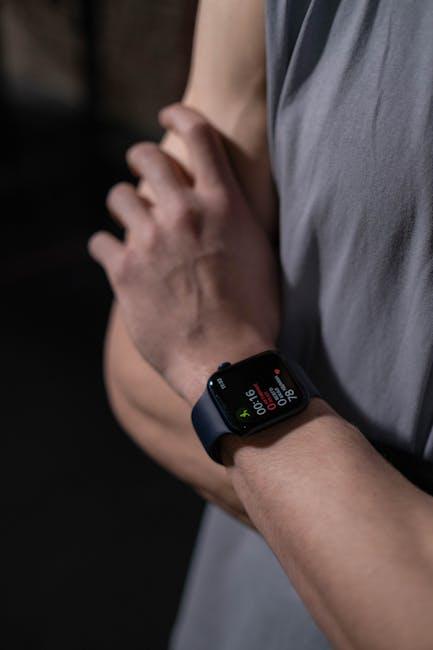
Setting Up Reminders and Goals for Optimal Health Management
To achieve better health management, setting up reminders and goals in the Health App can be a game changer. By personalizing your approach, you can harness the full potential of your iPhone for a healthier life.
Step 1: Establishing Your Health Goals
Start by defining what you want to accomplish. Consider goals that are SMART: Specific, Measurable, Achievable, Relevant, and Time-bound. For instance:
- Walk 10,000 steps daily.
- Drink 8 glasses of water each day.
- Exercise for 30 minutes, five times a week.
Step 2: Setting Up Reminders
Utilize the Health App to set reminders that keep you on track. Here’s how:
- Open the Health App on your iPhone.
- Navigate to the “Health Data” tab.
- Select the category you want to focus on, such as Activity or Nutrition.
- Tap on “Add Data” or “Set Reminders.”
For example, if you’re aiming to increase your water intake, you can set hourly reminders to drink water.
Step 3: Monitor Your Progress
The Health App allows you to track your goals daily, weekly, or monthly. Regularly reviewing your progress helps to keep you motivated. Consider creating a table to visualize your achievements:
| Date | Steps Walked | Water Intake (glasses) | Minutes of Exercise |
|---|---|---|---|
| July 1 | 12,000 | 9 | 35 |
| July 2 | 8,500 | 7 | 30 |
| July 3 | 11,200 | 8 | 40 |
Step 4: Rewards and Celebration
Don’t forget to reward yourself for meeting your goals! Celebrate small victories to keep you motivated. This could be as simple as taking a day off to relax or treating yourself to a favorite activity.
By effectively setting up reminders and health goals, you can create a sustainable routine that contributes to your overall well-being. Using the Health App actively means you’re not just tracking data-you’re making actionable changes that lead to a healthier lifestyle.
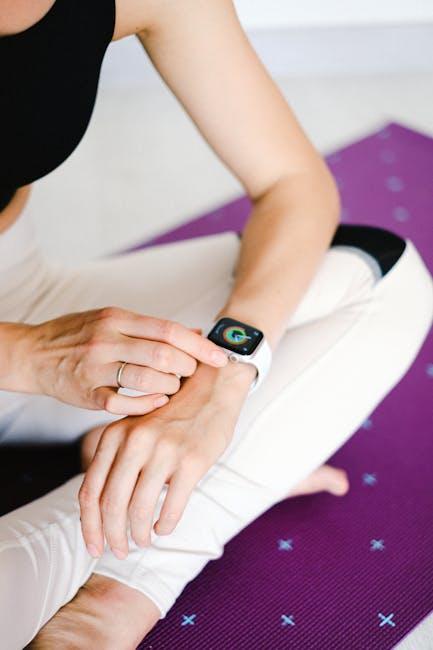
To Conclude
As you embark on your journey to optimal health, remember that your iPhone’s Health App is more than just a feature; it’s a gateway to a healthier lifestyle. By harnessing the app’s tools and insights, you can take charge of your wellness journey, set meaningful goals, and track your progress with ease. Whether it’s monitoring your activity, sleep patterns, or nutritional intake, each step you take with this app is a step towards a more vibrant you. So why wait? Unlock the full potential of the Health App today and pave the way for a healthier tomorrow.


